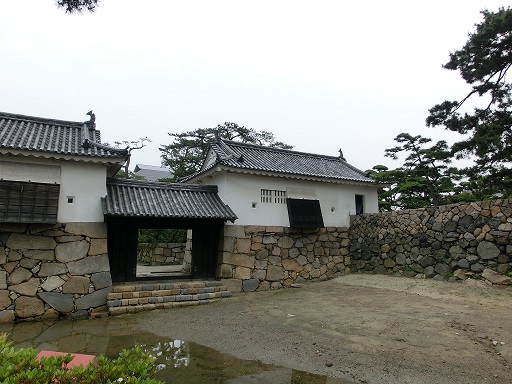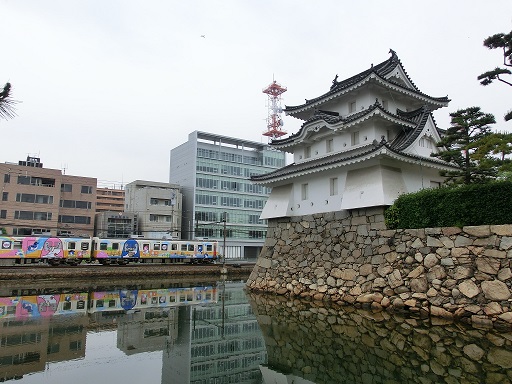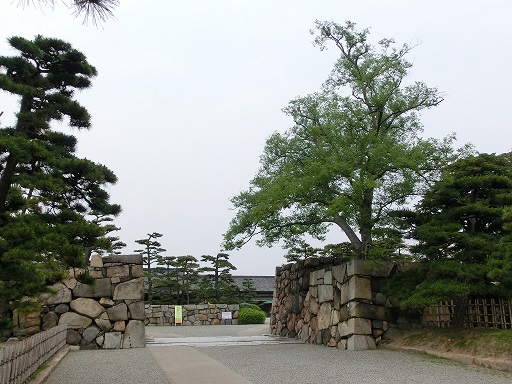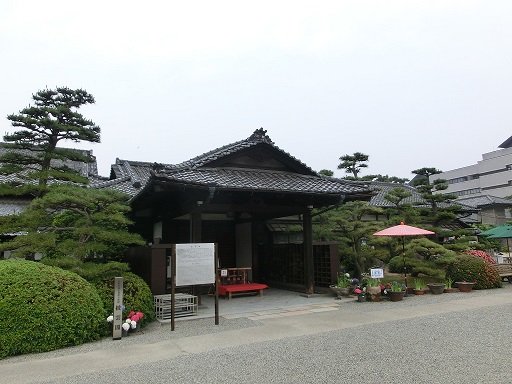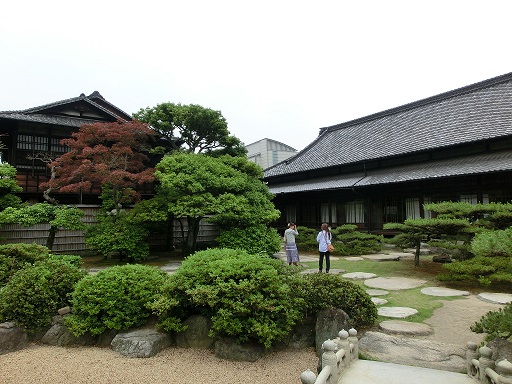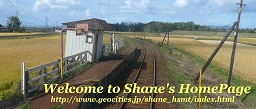|
Ruins of Takamatsu Castle
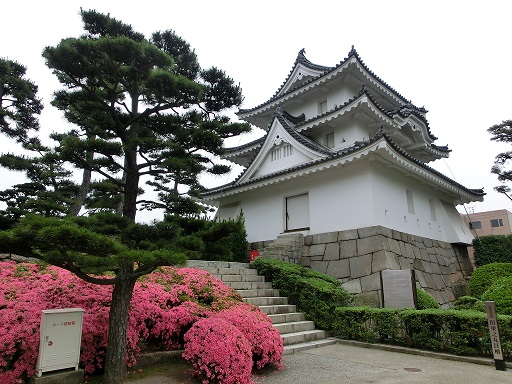
Takamatsu Castle was built in 1590 by IKOMA Chikamasa (1523-1603) , located in Takamatsu, Kagawa Prefecture. Takamatsu Castle was the palace of feudal lord and the government houses of Sanuki Domain. IKOMA Chikamasa and his descendants were the feudal lords, but IKOMA Clan was imposed sanctions due to internal conflicts by retainers of IKOMA Clan in 1640.MATSUDIRA Yorishige (1622-1695) became the feudal lord of Sanuki Domain in 1640, after IKOMA Takatoshi (1611-1659) was exiled to Dewa Province in current Akita Prefecture. MATSUDAIRA Yorishige and his sun Yoritsune renovated Takamatsu Castle as you see today. MATSUDAIRA Clan were feudal lords of Sanuki Domain until the end of the Edo Age (1603-1868) .Takamatsu Castle was abandoned in 1869. Almost all castle buildings were destroyed in 1872. The ruins of Takamatsu Castles are now arranged as "Tamamo" Park. From Takamatsu Station, you will see the west entrance of "Tamamo" Park. 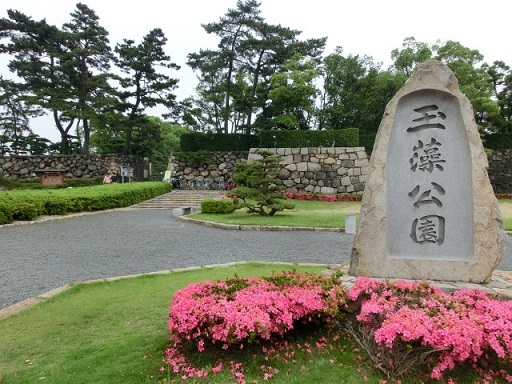
Takamatsu Castle was originally built on the seashore. The north end of Takamatsu Castle was "Seto Inland Sea". Now, a street was built to the north end of "Tamamo" park by reclaiming from the sea. If you walk on the street to the east, you will see "Tsukimi" Turret. 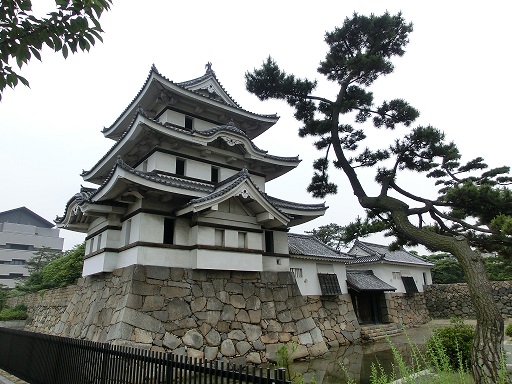
"Tsukimi" Turret is the original castle building, built in 1676. "Watari" Turret and "Mizunote-Mon" Gate are connected to "Tsukimi" Turret. These castle buildings are designated important properties of Japan. |

